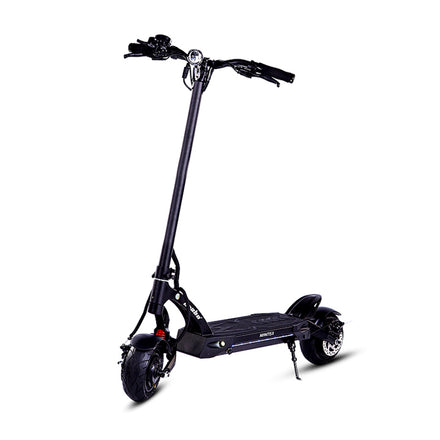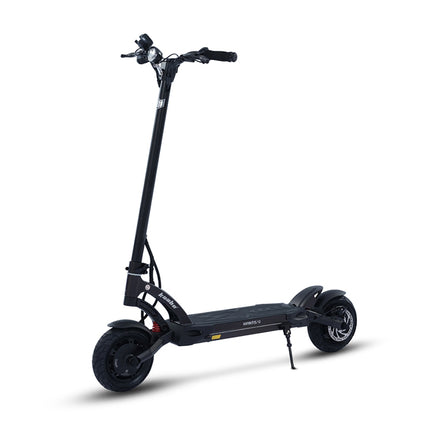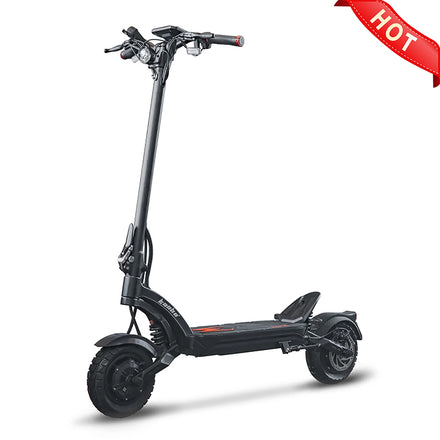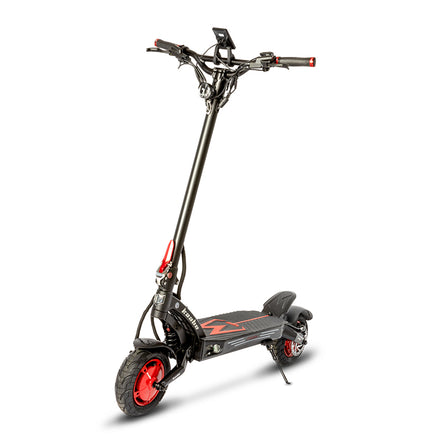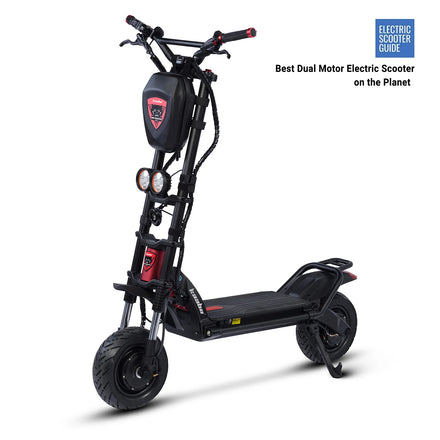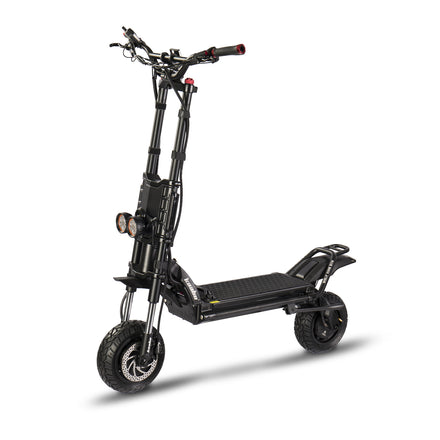Tips on How to Fix Electric Scooter

Electric scooters are more widely used than ever these days, and they turn every little journey into an experience! Although they are less costly and complicated than our other vehicles, they nevertheless need routine maintenance. And you might encounter some difficulties. Both significant and little issues could arise. You can solve a lot of simple or minor issues on your own. Please email support@kaabousa.com if you have any special inquiries. Within a day, we will respond to your message.
According to our data study, the most common issue with electric scooters is charging issues. It's likely that you have one of the three issues listed below if your electric scooter is no longer charging:
Blocked Charging Port
The electric scooter charging port may become clogged with dust and debris, which will stop the current flow. Remove the scooter's plug from the wall outlet and visually check the charging port for debris or dust in the connectors and terminals. If there is, use a little stick to carefully remove the trash (no needles or sharp tools). The charging port has to be replaced if it separates from the device or if the wire is damaged. A video of the Charging Hole Off Maintenance is provided here.
Plug in the charger and check the charging port once no more debris is obstructing the current flow. If the electric scooter still won't charge, the charging outlet isn't the issue.
The Battery Charger Is Defective
A faulty charger may be to blame for an electric scooter that won't charge. Make sure the green light is on when the charger is inserted into the power outlet and the red light is on when charging the electric scooter if your charging cable includes a traffic light system. When the charge is finished, the illumination should return to green.
Nevertheless, not all battery chargers for electric scooters turn on when plugged in. You might need to use a multimeter to check the voltage of the battery charging port. Since the charger for the Kaabo Mantis 8 is rated at 54.6V 2A, the test voltage should be close to 54.6V, up or down 1.5V, or less. Observe the charger check in this video.
The charger is in perfect working order if the voltage level at the charging port matches the voltage level at the battery pack. If not, you need to swap out the charger right away.
The Battery Is Dead
Dead battery issues are common and shouldn't raise any red flags. The charging and discharging times of an electric scooter battery pack will be longer as it ages. This cycle will be repeated until the object is totally unconscious and dead.
A 48V 13AH Ternary lithium-ion 18650 battery powering the Mantis has a range of up to 25 kilometers on a single full charge. Electric scooters using lithium-ion batteries do not frequently face a dead battery. A Li-ion rechargeable battery can be used 300–500 times before needing to be replaced. Hence, unlike a nickel-metal hydride battery, it won't build a charge-cycle "memory" as quickly.
To get enough power for the scooter, try charging the battery for a longer time. Nevertheless, that is simply a temporary fix. Replacing a dead battery with a fresh battery pack is the best option.
My Electric Scooter Won’t Move
The electric scooter might occasionally switch on but remain completely immobile. Sometimes the scooter moves but then abruptly stops. An electric scooter may behave in this way for a few reasons, including:
Power Switch Defective
An electric scooter that won't move could also have a broken key switch or power switch. The power switch or key switch must first be checked for appropriate mechanical operation.
Make sure the power switch on your electric scooter is correctly engaged. If the switch is functioning properly, it should automatically click back into place and turn the scooter on.
Use a key switch and alternately turn it between the OFF and ON positions. Your switch is working properly if it snaps into both positions. But, if it seems flimsy or lacks a satisfying snap-action sensation, you might have a broken key switch.
A multimeter is the finest tool to use when checking the power switch or key switch for continuity. The on/off switch may experience issues that require professional repair or replacement.
The Ignition Fuse Is Blown
Another potential cause of your scooter's immobility is a faulty fuse. A fuse may burn out if you carry a heavier load than the scooter can support, drive up steep inclines, or through puddles and dirt.
To begin with, make sure the main ignition fuse is turned on. Start the engine if it isn't already running. If the scooter won't turn on, you might have a blown fuse.
Pull the fuse from its box and hold it up to a light to check for a burned connection to see whether you have a blown fuse. A multimeter can be used to measure conductivity as well. You must hire an expert to replace the damaged fuse.
Open Brake Switches
Another possibility is the switch on the brake lever. While some electric scooters feature normally closed brake switches, the majority do not. When the brakes are applied, the brake switches alert the speed controller to shut off the motor.
You must unplug the brake lever wire connector from the speed controller in order to check for a broken typically open brake switch before checking to see if the scooter is still operational. If it does, the defective type is a usually open type.
You must unplug the brake lever wire connector from the speed controller in order to check for a broken normally closed brake lever switch, and then bridge the two terminals in the controller's connector where the brake switch was previously connected in. If the scooter starts to move when the brake switch connector terminals on the controller are bridged together, the normally closed brake switch is broken.
Front oil brake block adjustment
Lastest Blog Post

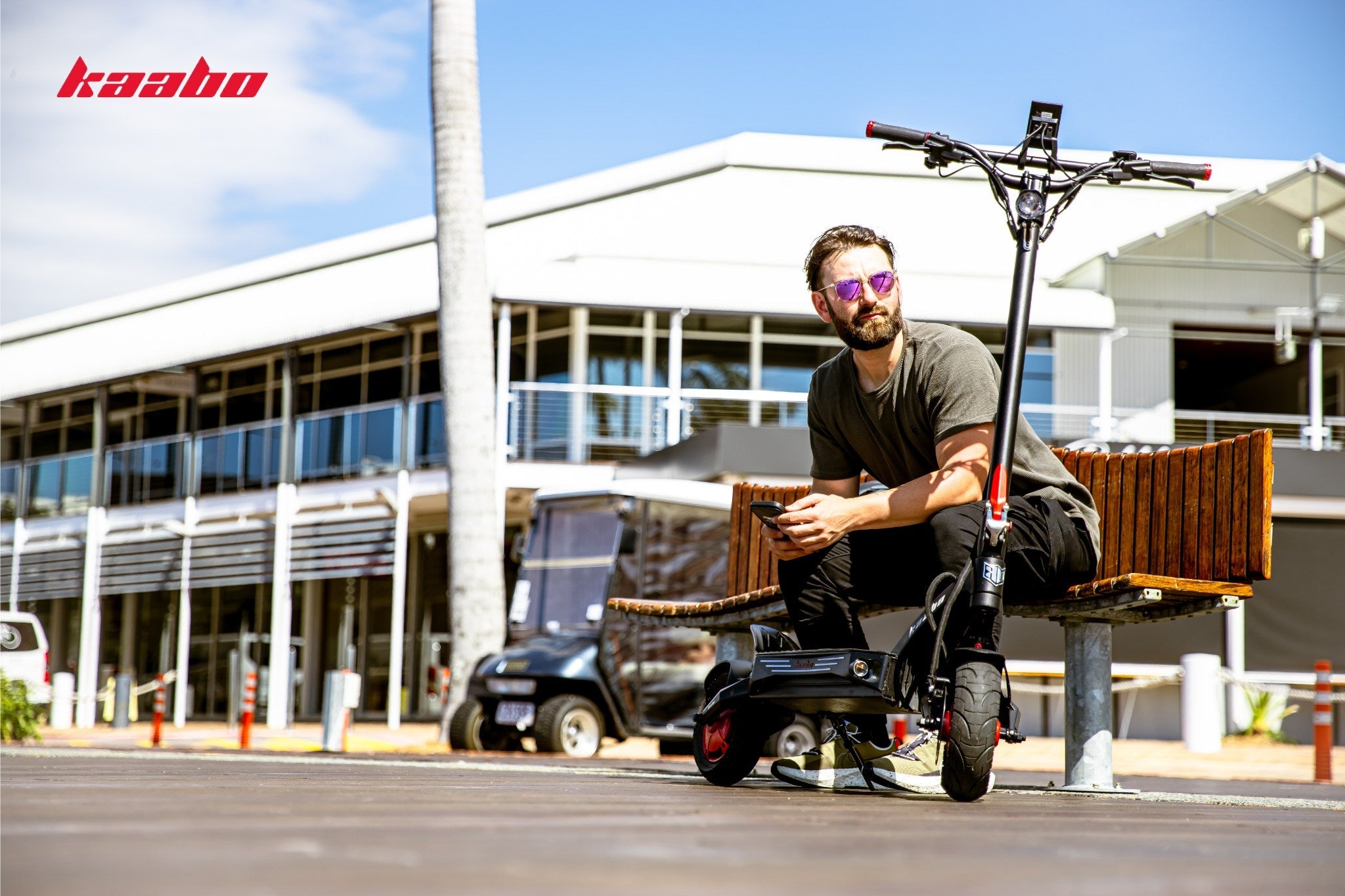
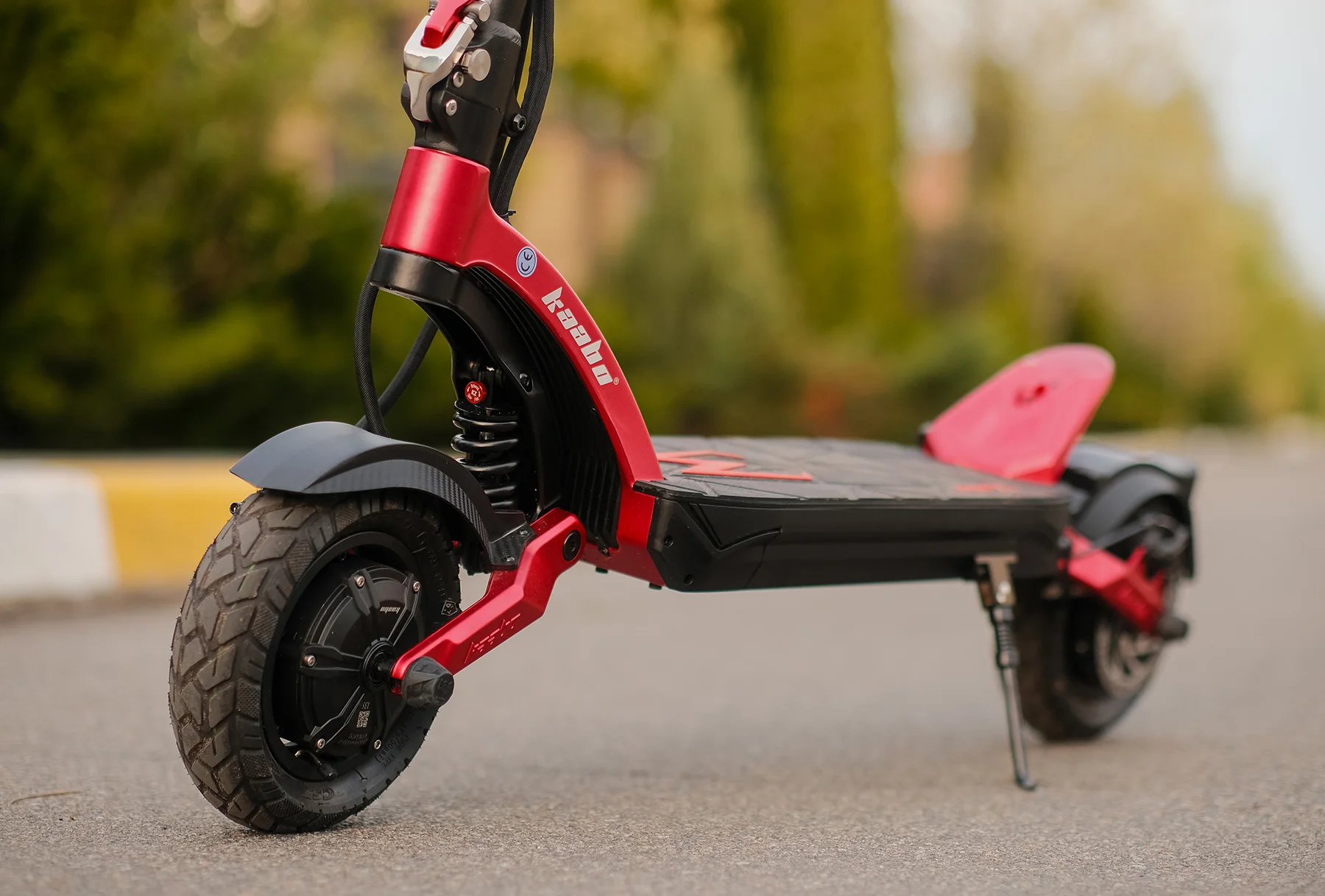


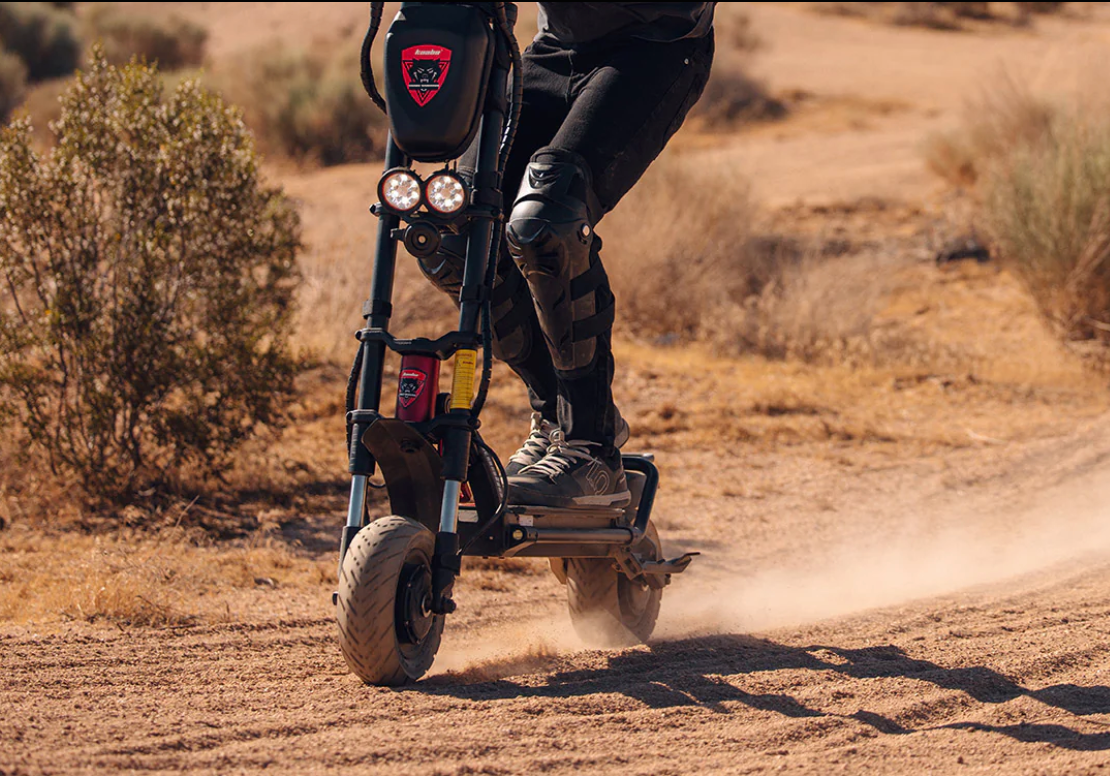
Related Product
Newletter
Promotions, new products and sales. Directly to your inbox.


